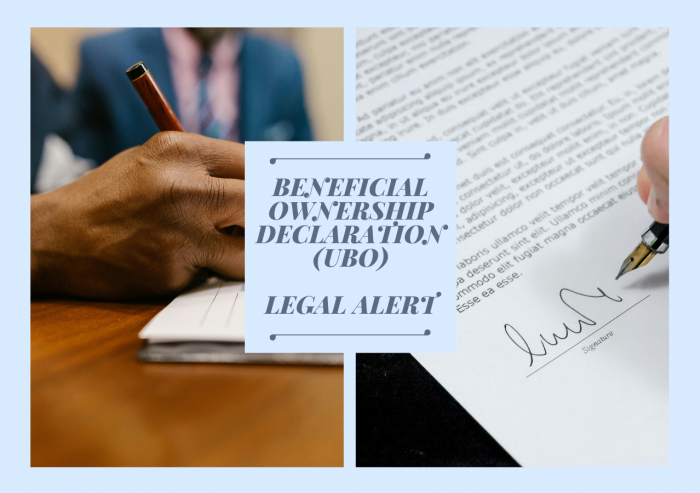A business plan is a document that describes your business and guides you on each step to start and manage your business. It is a critical tool to help you in developing your thinking and writing a set document to help you guide your own investment or secure external investment. It covers objectives, strategies, sales, marketing and financial forecasts.
The basic components a business plan should cover are:
| Executive Summary | Describes what the company is and why it will be successful. It should include mission statement, product(s) or service(s), team information, financial information and location (including growth plans if applicable). |
| Company Description | Describes the company in detail in relation to the problems your business solves, targeted audience/consumers, competitive advantages and strengths your company has to make it a success. |
| Market Analysis | Describes your industry, trends, themes, target market and competitors. This should include their products and strengths. |
| Organization and Management | Describes how your company is organised/structured and who will run it namely the legal structure (including company type), organisational chart if applicable and leadership’s strengths. |
| Service or Product Line | Describes your product(s) or service(s). It should detail the benefits to your customers and what the product lifecycle is, including intellectual property plans if applicable such as copyright or patent filings. |
| Marketing and Sales | Describe how you will attract and retain customers. What the marketing plan and strategy will be in order to achieve the objectives set. Start with how describing how the sale happens and your sale strategy, i.e. how you plan to reach your target group. |
| Funding Request | Quantify how much you will need to get the company started and running over the next five years. Detail how you plan to use the funds for example: buying equipment or materials, pay salaries, cover bills, etc. and how long you expect to make a return on the investment. |
| Financial Projections | Describe your estimated financials over the next five years including forecast of income, balance sheet, cash flow and capital expenditure. Explain your projections and match them to your funding requests. |
| Appendix | Use your appendix to provide supporting documents or details that you find relevant. Usual items are product pictures, credit history, CV’s, letters of references, licenses, permits, legal documents, etc. |
Business plans provide you with a road map to make your business a success and can help attract funding or bring new partners. Investors need to feel confident that there is a return on investment to be made and your business plan is the tool to achieve that.
There are already free templates with pre-setup business ideas to work from, such as the ones available at Small Business Administration or Sample Business Plans. The Economic Matters team is available to guide and support you in getting started. In case you need help or more information contact an EM member for further guidance and support in this journey.








